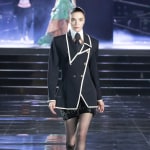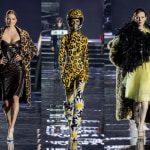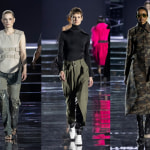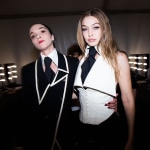Fashion’s Nostalgia for the ‘90s Explained
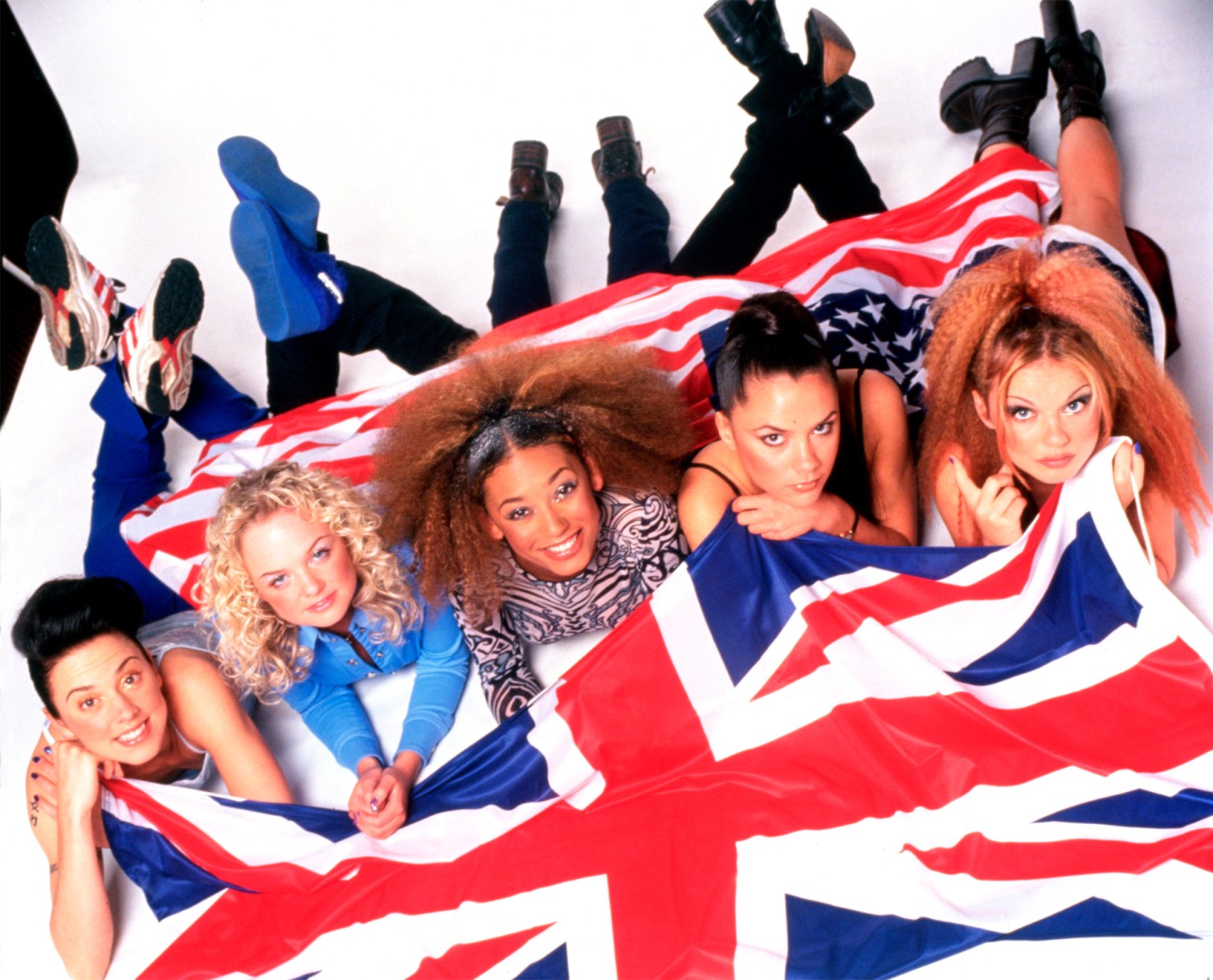
Jeans are baggier. Dresses are tighter. Sunglasses are smaller. Shoes are chunkier. Crop tops, tracksuits, bodysuits, biker shorts, overalls, and slip dresses are de rigueur. Ditto anything neon, tie-dye, logoed, velvet, or nylon. We’re living in a sartorial time warp and the yen for ‘90s-era fashion is burning strong.
Fashion is, of course, cyclical in nature, and decade-specific trends tend to reemerge every 20 years or so. By late 2016, it became clear that we were on the cusp of a ‘90s reawakening. Designers like Alexander Wang, Eckhaus Latta, Jacquemus, and Vetements all reimagined runway looks reminiscent of era stalwarts Helmut Lang, Todd Oldham, Thierry Mugler, and Christian Francis Roth for fall and resort. In subsequent seasons, the trend only picked up steam, percolating on the runways before infiltrating department stores, high-street retailers, and malls. Early 20-somethings began embracing styles that were in vogue when they were toddlers.
In popular culture, “nostalgia” tends to have the sort of fuzzy connotations associated with largely positive recollections—and yet, these warm feelings are at odds with nostalgia’s roots.
“The term started out as a way to describe negative symptoms associated with homesickness, but it has come to encompass positive feelings or a wanting for times or things gone by,” explains Holly Bowen, Ph.D., an assistant professor of psychology at Southern Methodist University. “The pop culture term is really the way that we think about it scientifically as well.” Still, she adds, trying to examine the phenomenon in depth is tricky. “Nostalgia is rather difficult to study scientifically because it is hard to induce and manipulate those feelings in the lab, ‘on the spot.’”
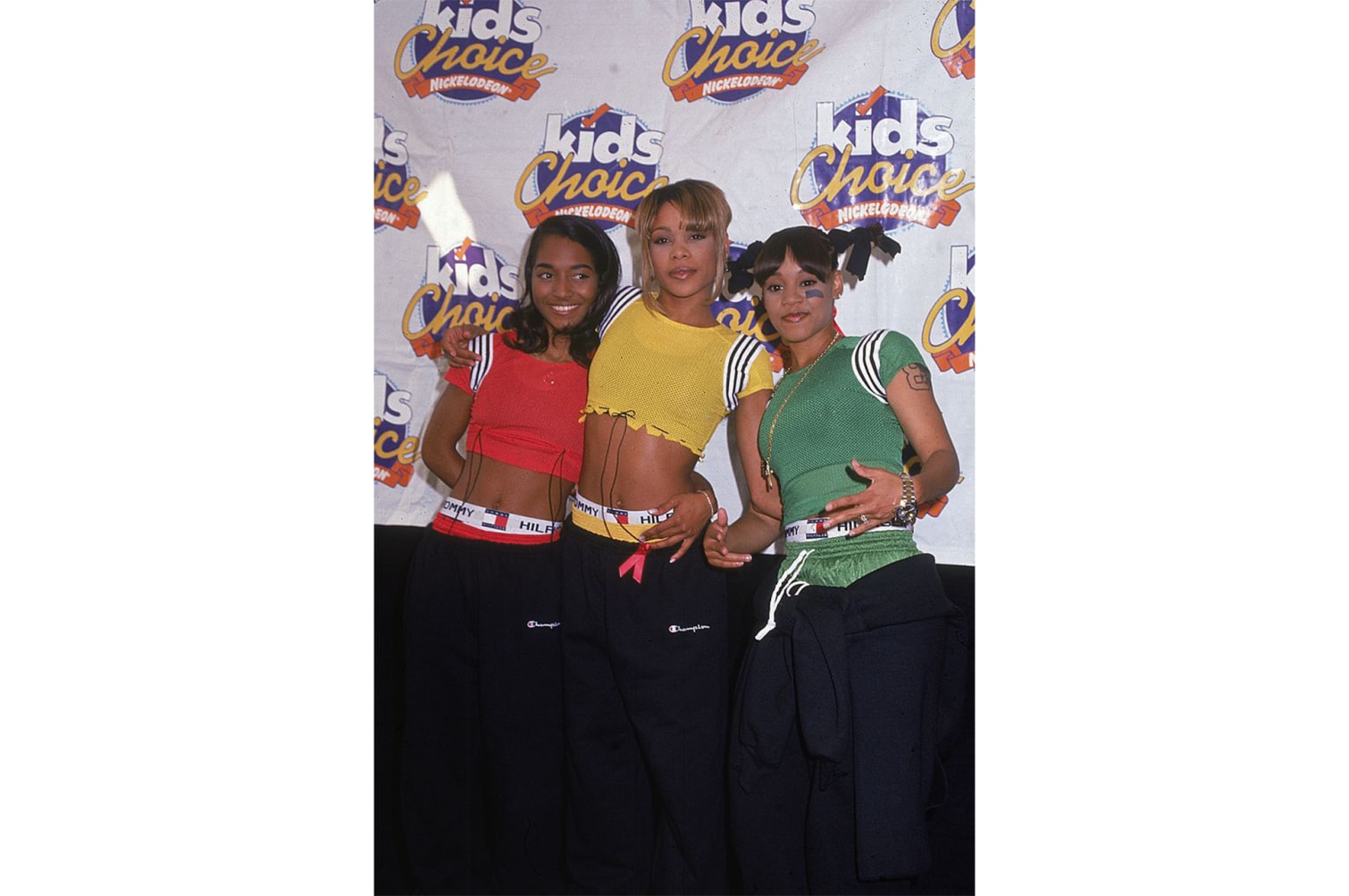
In the ‘90s, it’d be common to leaf through a Delia’s catalog and ponder a cargo pants-and-platform flip-flop pairing, or pore over the latest issue of Sassy and wonder whether a dark burgundy lip was too goth or suitably edgy. Now, you scroll Instagram to see influencers and starlets wearing looks that could have been pulled from a Seventeen magazine circa 1996. Embracing them in real life is the result of having absorbed a trend for seasons now or admiring the way Bella Hadid (arguably the queen of ‘90s revival style) pulls off a denim mini-and-Doc Martens combo and wanting to replicate it.
It’s also the zeitgeist. With everything from Spice Girls reunions and “Saved by the Bell” pop-up restaurants to Kurt Cobain documentaries, we can’t be blamed for feeling a sense of déjà vû. But the majority of people partaking in ‘90s-inspired fashion are young—in their 20s and 30s. They’re less likely to be feeling acutely nostalgic than they are to be on the receiving end of trends and the culture around them.

Many of the designers promulgating the trend also fall into this cohort like Alexander Wang or Demna Gvasalia, who are both in their 30s. Granted, younger generations have long steered the conversation around “coolness” and desirability. “I suspect that these ‘nostalgia’ trends are really driven by certain age groups,” Bowen says. “So those who were in their teens or young adulthood during the ‘90s to early 2000s are pushing the trend in 2019. Eventually, this generation will care less about these things, find their own styles as they age, and a newer generation will begin the cycle again.”
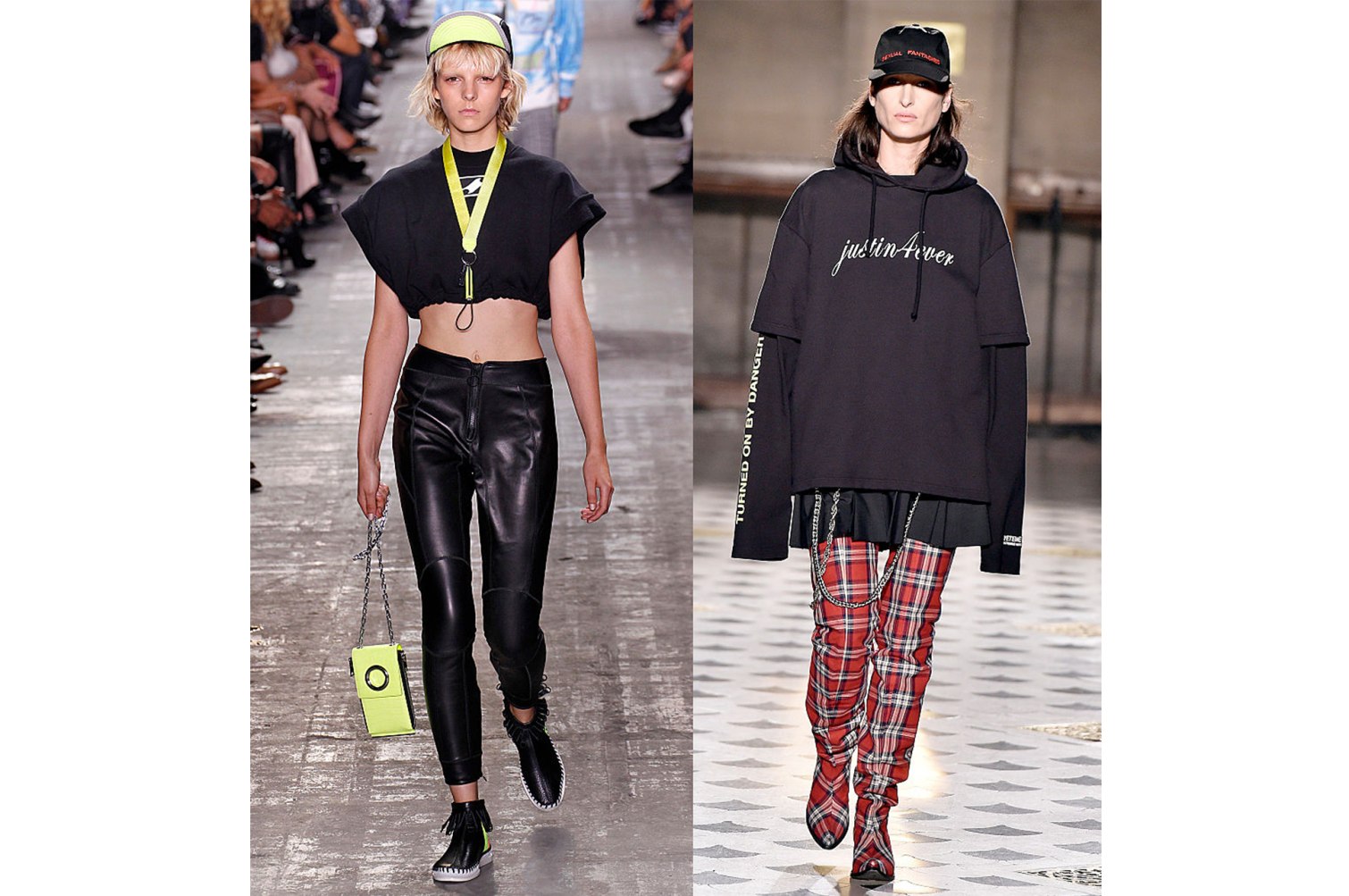
In 2018, nostalgia was officially the biggest fashion trend based on Google search results. “Grunge style” and “1990s fashion” came in behind “1980s fashion,” rounding out the top three. Versace was among the top five most trending fashion brands, which makes sense: The Italian house received a boost from their reissues of iconic ‘90s classics, along with runway appearances from OG supermodels of the decade. The fact that the most popular Google searches were decade-specific suggest that the runways finally infiltrated the real world in a new way. The prevalence of social media, mobile apps, and fast fashion all likely play a key role in the way the average consumer seeks information.
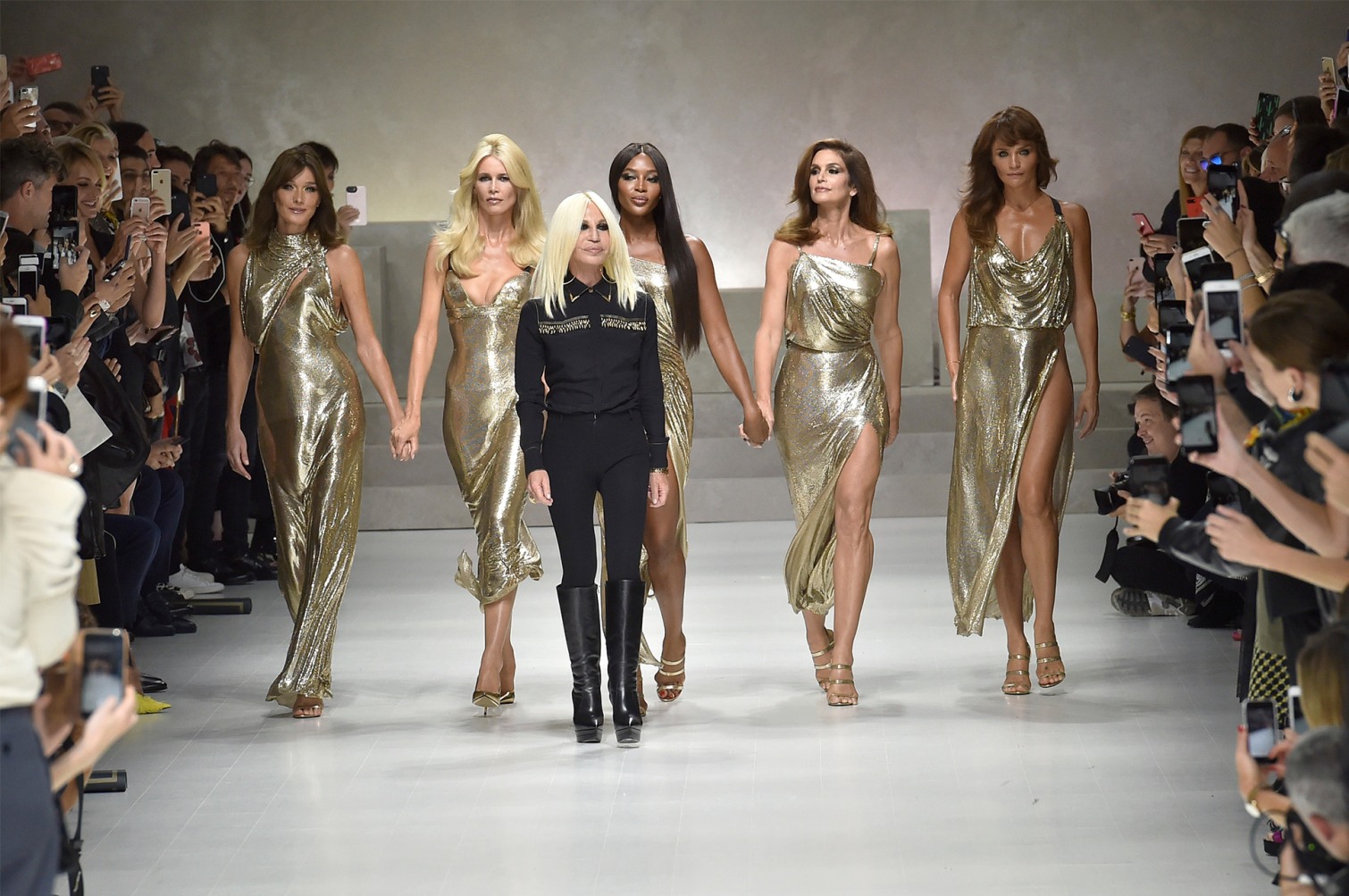
So what does a thirst for nostalgia say about the here and now? “It raises questions in my mind about whether we are more unhappy with the present time than usual,” says Sarah Rose Cavanaugh, Ph.D., director of the Laboratory for Cognitive and Affective Science at Assumption College. “We feel nostalgic for times in our past that we long to return to, at least temporarily. Could it be that more than usual, we feel ourselves pulled backward to a time of our lives when things felt simpler, more connected, less divided?”
A global uptick in reported political, social, and economic divisions—real or perceived—support this idea. For the people dictating the trends, perhaps the ‘90s indeed represented a simpler time, at least in so far as they were arguably too young to be mired in such divisions. Ironically, while the internet has allowed for ‘90s fashion to pervade popular culture, the group driving its popularity through creation and dissemination—millennials—enjoys romanticizing the pre-Internet era, regardless of whether life was in fact “easier.”
Perhaps buying a Champion sweatshirt or logoed overalls could be less about keeping up with the Hadids and more about the desire to return to our youth. Cavanaugh thinks so—at least as a shopper herself. “On the consumer side, how we spend our money and other resources says a lot about our values,” she says. “Buying things that remind us of a past time similarly says to me that we are valuing these feelings and ideas about earlier times.”
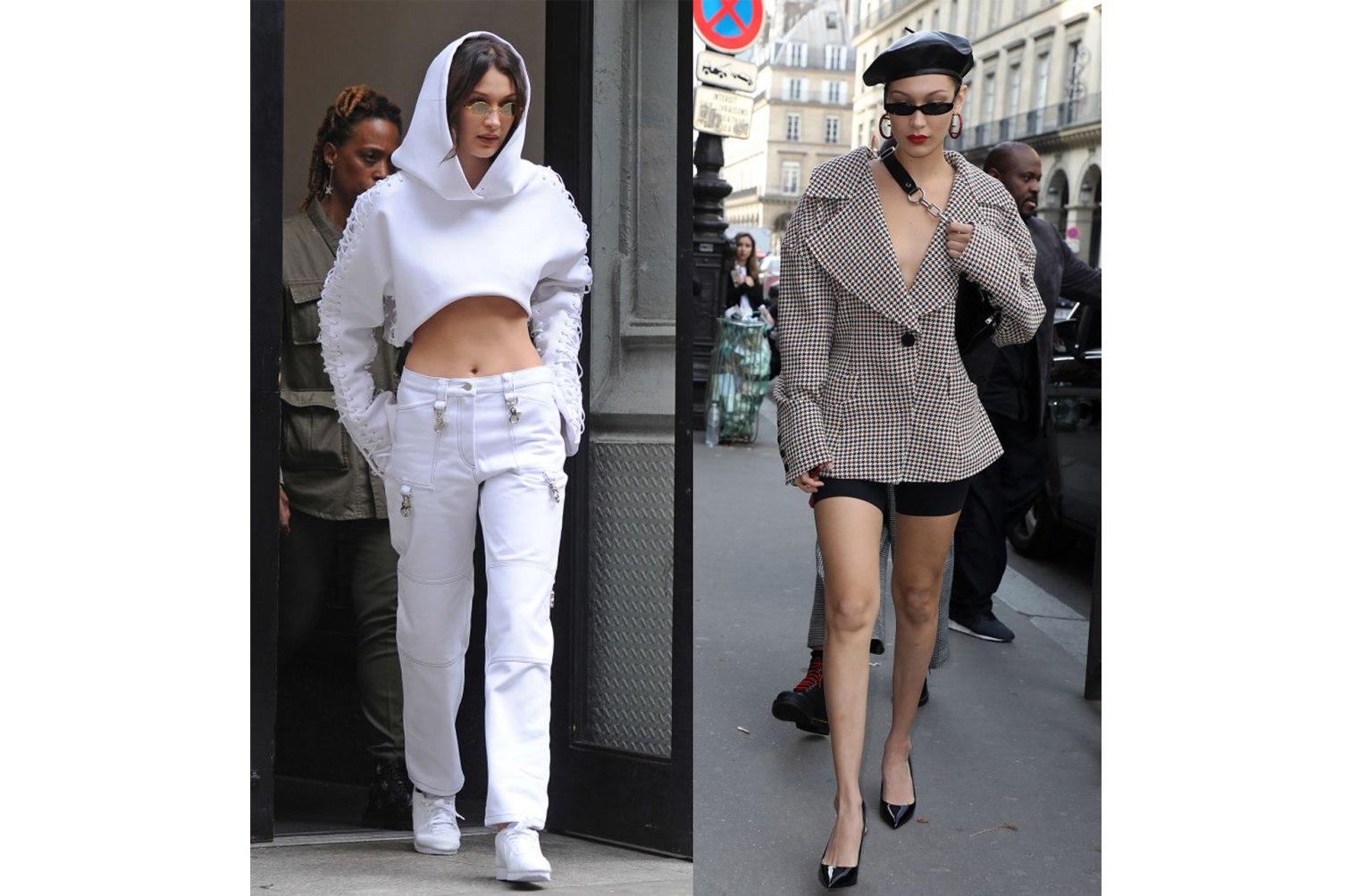
While critics might grouse about a dearth of innovation among the creative class in resurrecting the ‘90s, maybe it’s only really human nature. A return to the past signifies a desire to experience any happy reminiscences we associate with it. “Being able to bring back to mind positive memories is adaptive and important for our well-being,” Bowen explains. “So, yearning for things from our past that we remember being really excited about—for example, wearing a new outfit to the dance—and things we really enjoyed, when thinking about them now can bring about those same feelings you had back then.”
So what about the early aughts? The number-four most-Googled fashion search term last year was “2000s fashion.” If the past is any indication, boho statement belts, cropped cardigans, and pocketless flared denim will make its way to your Instagram feed sooner rather than later.
